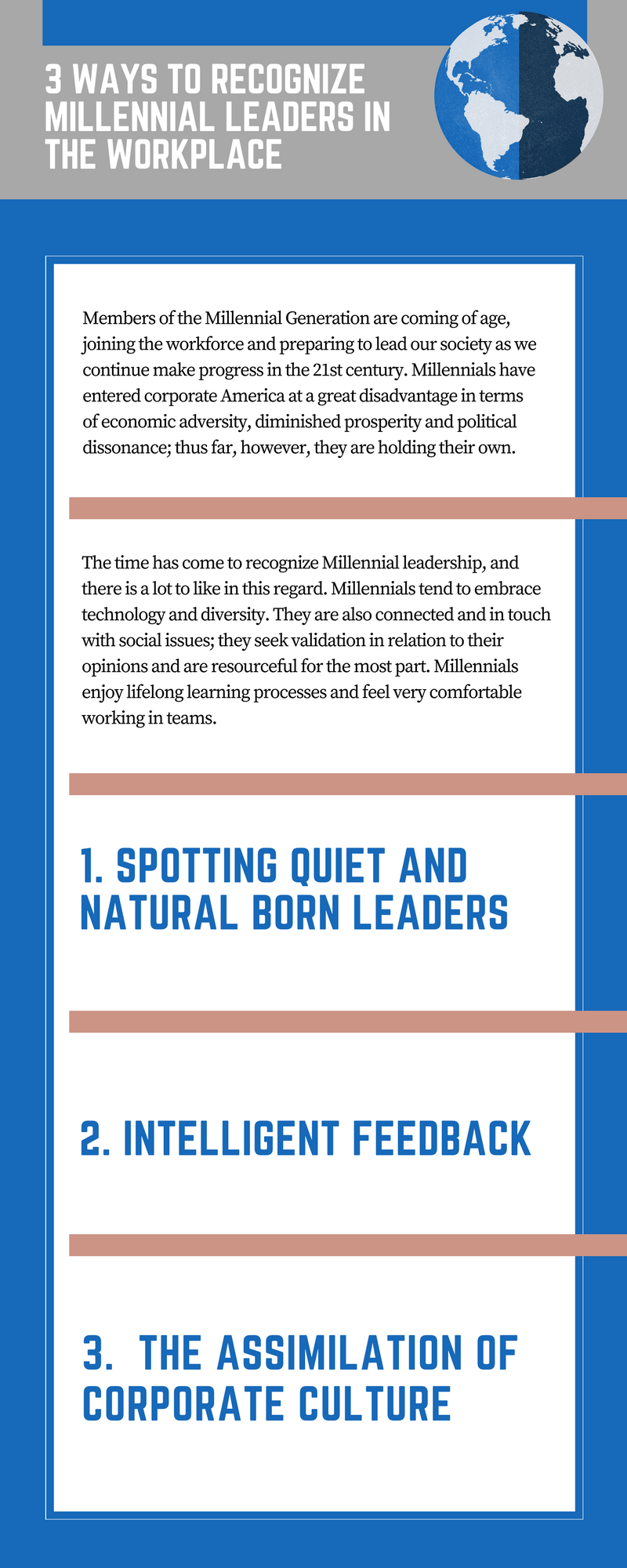Leadership in the digital age is different than leadership was before the onset of integrative technology. Although traditional leadership qualities haven’t been supplanted entirely, those qualities express themselves in different ways.
If you want to be a leader in the digital age, let’s take a look at some of the ways traditional leadership has evolved, and some of the 21st-century skills most in demand.
- Knowledge is a different game
Before the internet, it was important for leaders to know a great deal. They had to be well-studied and likely surrounded themselves with other highly knowledgeable people.
Today, it’s less about your memory and more about your ability to research. The hallmark of a great digital leader is recognizing key gaps in knowledge and knowing how to fill those in. Today’s world is less about what you know, and far more about understanding what you don’t.
- Communication is key
More than ever people are reaching across borders and cultures to communicate in the realm of business and technology. The ability to disseminate information in an effective way is more important than ever.
Digital leaders care less about their status and more about engaging people on their team, their customers, and their own leadership. Technology has brought people closer together in regards to accessibility, but it’s made us less likely to form real relationships.
A digital leader understands how to use technology to build a relationship, not just to communicate information. They bring a human element to tech.
- Curiosity is necessary
Tech moves fast and someone who isn’t curious about things won’t be able to keep up. Digital leaders have an understanding of past technology and a hunger to understand new tech advances. This characteristic keeps them ahead of the curve and ensures that their leadership sets the tone for everyone who works with them.
This is a critical advantage in a rapidly changing world, and one will ensure innovation at every turn.
Digital leaders are not much different than leaders of the past. They rely on people skills to get them through the impersonal nature of tech and utilize technology to their benefit when researching and synthesizing ideas. It isn’t about who is the most knowledgeable, but rather who can bend technology to their most human advantage.






